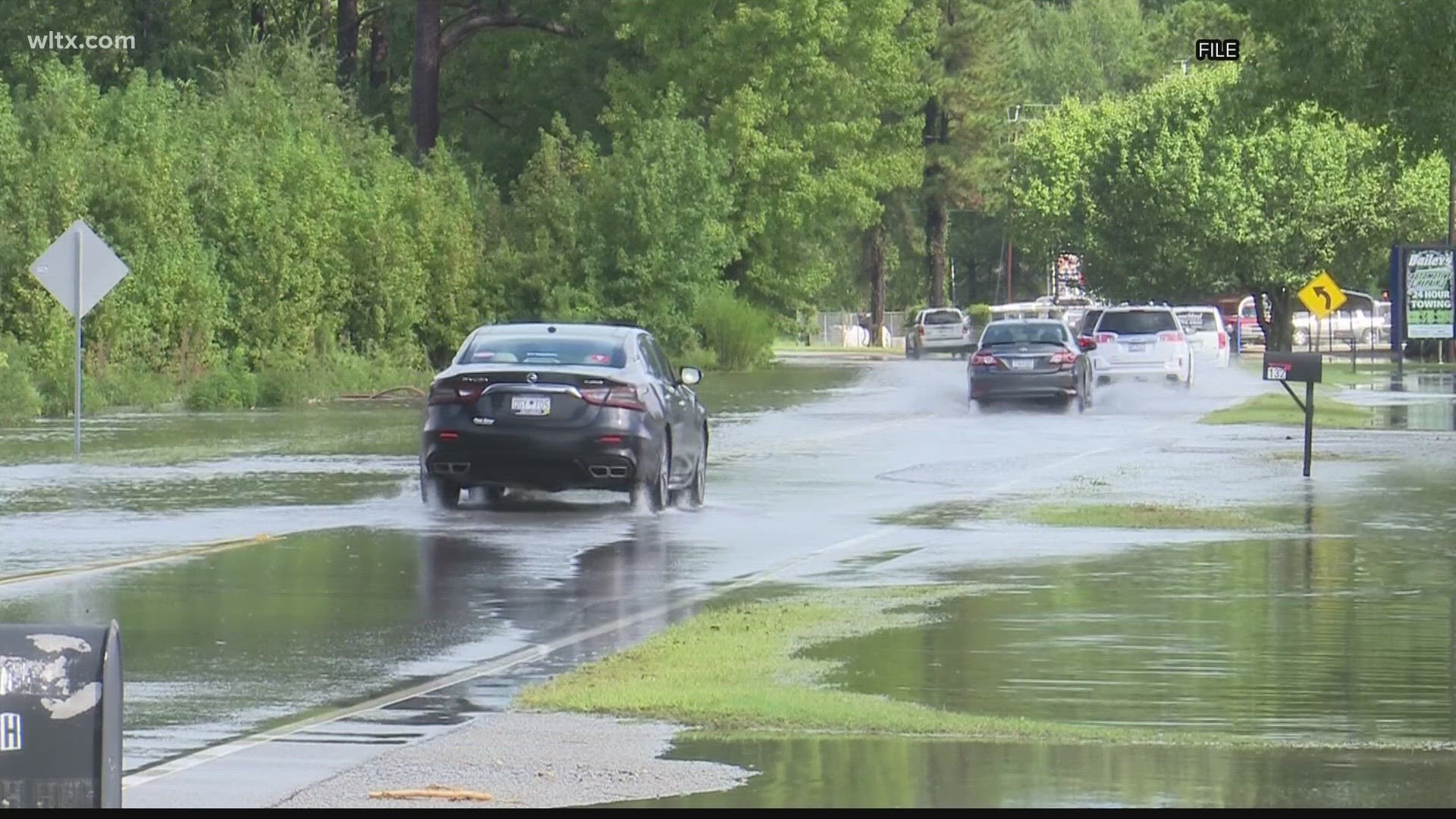COLUMBIA, S.C. — Nationally, coastal communities are struggling with high tide flooding, which is no longer limited to major storms. Rather, it's becoming a frequent occurrence.
According to Climate Central, high tide flooding occurs when water levels surpass 1-2 feet above the daily high tide average. This causes street floods, infrastructure disruptions, and ecosystem harm.
This year, NOAA expects September and October to pose the biggest risks for high tide flooding along the East Coast. In South Carolina, coastal flooding is a threat through this weekend.
This crisis stems from a warming planet with expanding seawater due to carbon pollution and melting ice. It is reported that sea levels rose 7.8 inches from 1901 to 2018. In the next three decades, sea levels are predicted by NOAA to increase by 10 to 12 inches, matching the rise observed over the past century.
In the United States, high tide flooding has more than doubled since 2000.

